Ottoman Sultans after Suleiman: a comprehensive list
Following the success of Turkish historical series, the queries of the "Sultans of the Ottoman Empire" began to appear more frequently on search engines. Users are interested in both the general information and details of life under the Ottoman Court. Sulaiman I, nicknamed the Magnificent and Legislator, is featured in the series The Magnificent Age, 2011. Let us talk more about the Ottoman sultans who ruled after him.

Source: UGC
The term "sultan" refers to rulers of the Ottoman from its inception in 1299 through the proclamation of the Republic of Turkey in the 1920s. The history of the Ottoman Empire dates back more than six centuries. At its peak, in the 16th and 17th centuries, its territory reached almost 20 million km2. During the time of the empire, 37 rulers were in power.
Sultans combined the title of a secular ruler with that of a caliph, deputy to the Prophet, and head of the Muslim community. The first sultans, including Sulaiman I, were generals, and personally led the army into battle. Since Suleiman, only five rulers have personally fought wars. Others relied on appointed military commanders.
Here are the most famous sultans after Suleiman the Magnificent:
Selim II (1566, 1574)

Source: UGC
The son of Suleiman and the famous Roxolana goes down in history as Blondin. The Ottoman Empire had its own vision of succession, and the most that Selim could aspire to was that of a provincial ruler. But, thanks to Roxolane's masterful scheming, the main heir, the son of Suleiman and his first concubine Mahidevran Mustafa, was assassinated in 1553. Thus, Selim became first in line to the throne.
In 1559, he defeated his brother Bayazid's army at Konya, and took the Sultanian throne shortly after his father's death. His rule was marked by the final taking over of the territories of Arabia and Cyprus. Selim is 8 years old. According to various reports, he had between 5 and 9 children.
Selim is known in Turkish sources by his nickname, Drunk, which he got not for his alcohol addiction but for his manpower. Selim appointed the merchant of Jewish origin, Joseph Nasi, governor of the island of Naxos, which the Turks had regained from Byzantium. Nasi would send the sultan the best wine as a token of gratitude.
Murad III (1574-1595)

Source: Original
One of the most prolific rulers in Ottoman history. Researchers are still debating how many children Murad had. They call the numbers 50 to 100. The Sultan's 19 sons are known to have been executed. The practice of killing immediate relatives who could claim the power was widespread in the Ottoman Empire. The Sultan himself, upon taking the throne, ordered five of his brothers killed.
Murad had a great education. He spoke three languages, composed poetry, and wrote music. But his real passion was women. According to legend, the Sultan Murad demanded new concubines so often that the surrounding land ran out of virgins and he had to turn his attention to widows.
Naturally, with such employment, the governor did not have time for state business. His mother and wife led the warring factions that shaped the empire's policy. Counter-insurgency by court groups has led to increased corruption. Murad's only other major achievement was his victory in the war over Iran and significant territorial gains in Central Asia in the late 1580s.
Ahmed I (1603-1617)

Source: Original
Sultan Ahmed I took the throne when he was 13 and became famous as a traditional disrupter. During his inauguration, he did not wait for the tradition to take the throne, and he took his rightful place. Ahmed also girded himself with the sword of Sultan Osman I, instead of waiting for the cleric to do so.
The young ruler showed that he is an "Ahmed Sultan" who will not allow himself to command. So his first steps in power were to remove the influence first of his grandmother and then of his mother.
Ahmed's reign included heavy wars with Austria, Persia, and the rebellion in Asia. Military luck was not on the empire's side, but the Sultan, using diplomacy, managed to emerge from conflicts with minimal casualties.
Ahmed's presence in Istanbul has created one of the main landmarks: the Blue Mosque. Ahmed died aged 27, leaving behind 12 sons and 9 daughters.
Ibrahim I (1640-1648)
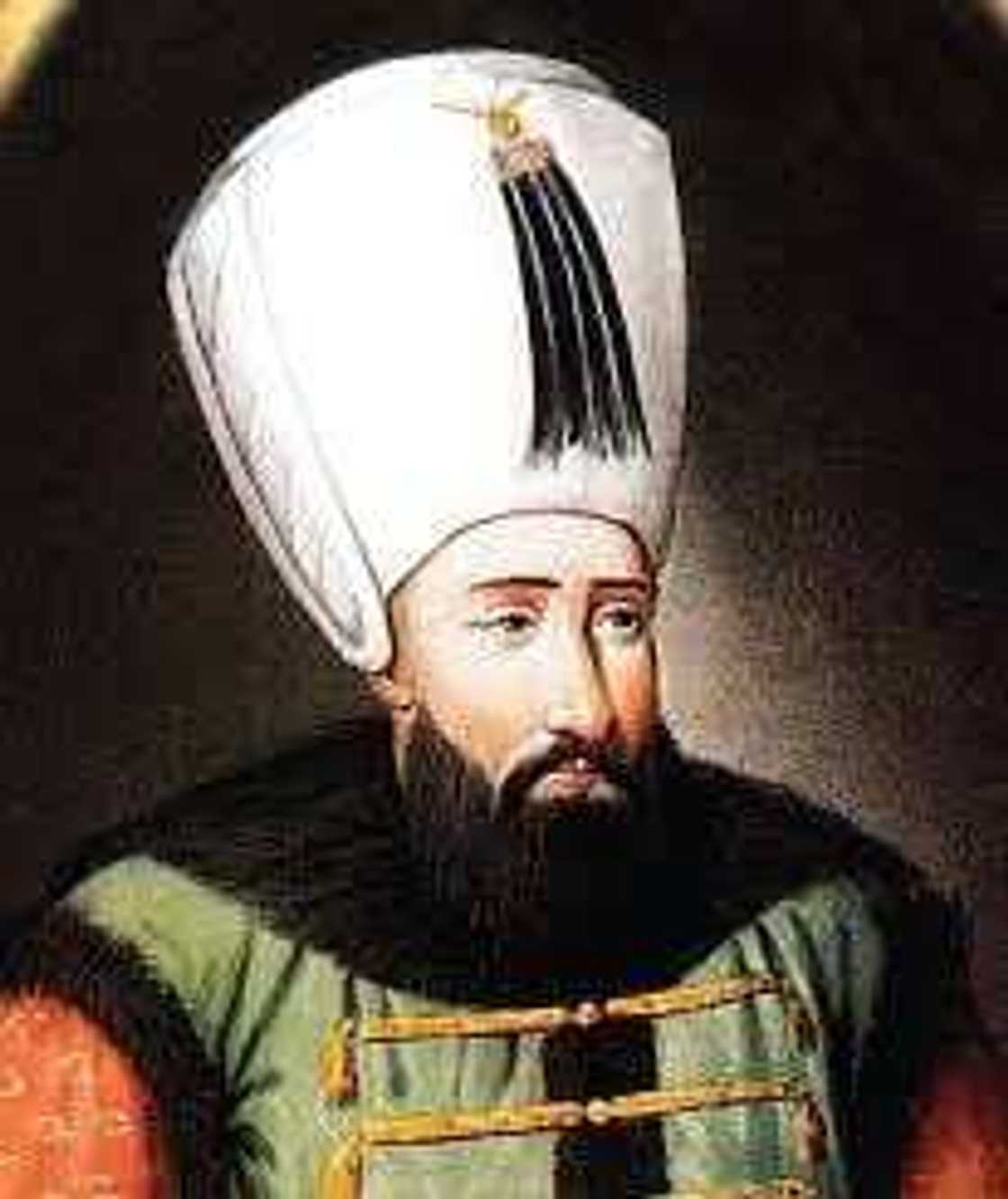
Source: Facebook
Sultan Ibrahim is one of the most tragic figures in Turkish history. He went down in history as the Crazy.
The son of grew up Ahmed I amid a constant power struggle. As a child, he watched his relatives kill each other in order to win the throne. His brother Murad IV became notorious as one of the most brutal rulers of the empire, executing more than 20,000 people over 7 years.
But he did not regard Ibrahim as a threat and kept him incarcerated. As a result, Ibrahim had little to no experience with people and was in fear for his life the entire time. Even when he received the news that he was the full ruler of the empire, Ibrahim didn't open it until he was shown his brother's body.
Upon taking the throne, Ibrahim became famous for personally checking his visitors "financial reports and occasionally went incognito to Istanbul's markets to hear the people's complaints.
Years of incarceration have raised another problem. Sultan had no idea how children were born. Those around him were forced to teach him the art of interacting with women anew. It turned out that the ruler liked obese women. In the harem, the women brought were fed and forbidden to live an active lifestyle. Gradually, procreation became the only thing that interested Ibrahim. In total, he fathered 18 children.
His love for women destroyed him. In 1848, Ibrahim ordered the theologian Muid Ahmed-Efendi's daughter, who was famous for her beauty, to be forcibly brought to him. The girl didn't impress the Sultan and he sent her back to her father, which turned the clergy against him. The disgruntled Yandichar and the clergy conspired.
Ibrahim spent his last days in jail, just as he did as a young man. In August 1848, he was strangled.
Mehmed IV (1648-1687)
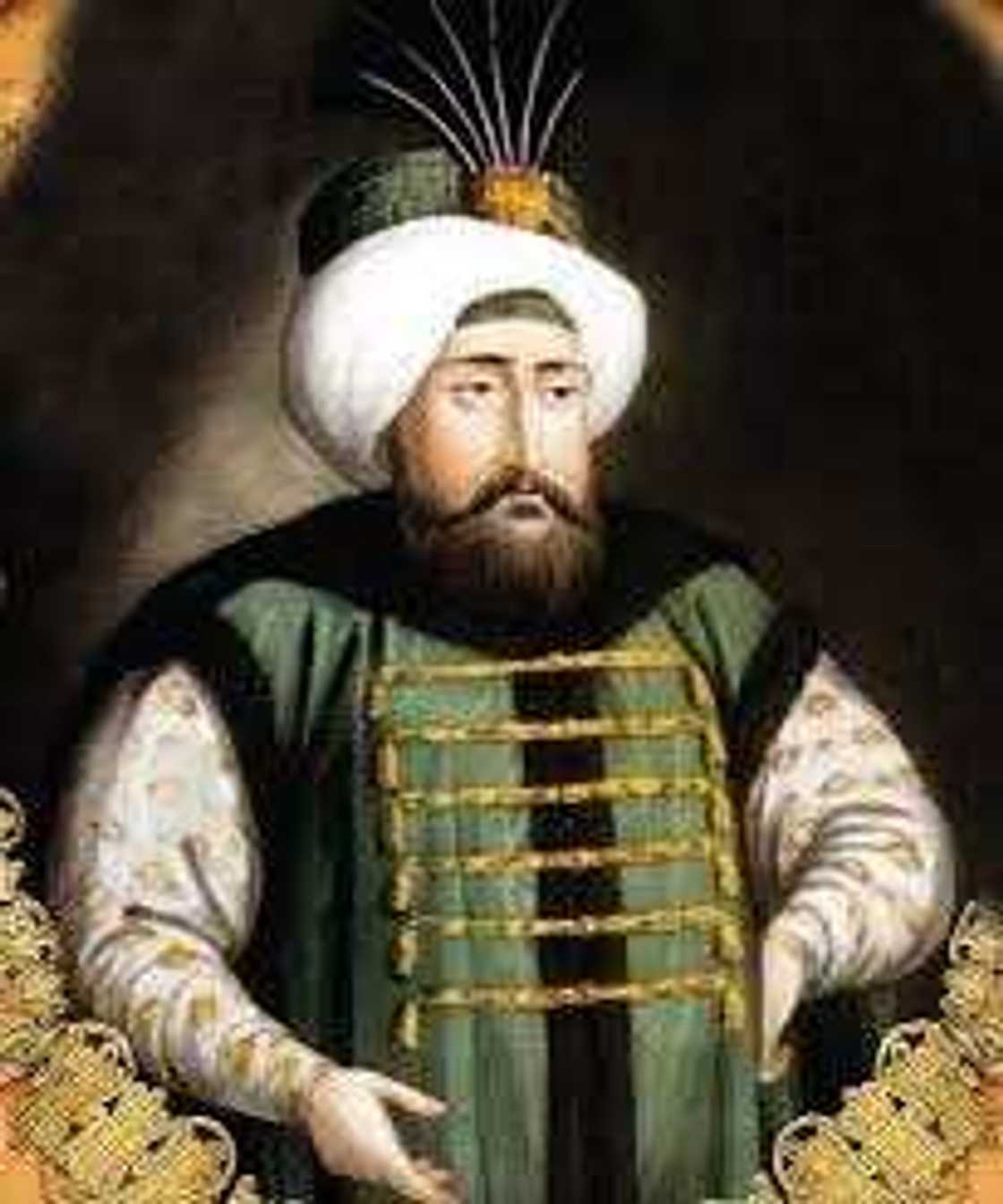
Source: UGC
Formally, Mehmed IV reigned for nearly 40 years, yielding the crown to the long reign of Suleiman the Magnificent. Mehmet was proclaimed a sultan when he was still under the age of 7. Naturally, he could not govern himself, and his mother and grandmother threw the country into anarchy, which led to rampant corruption, popular discontent, and the uprising in Istanbul in 1651. The situation was exploited by the external enemies, and as early as 1656 the Venetian fleet threatened to take over the capital of the empire.
Mehmed IV was one of the last sultans to try to expand the Ottoman conquests in Europe. He fought wars with Poland, Austria, Hungary, and Moscow.
The Ottoman government under Mehmed actively interfered with the Ukrainian affairs, fought on the Left bank with the Moscow Empire, supported Yury Khmelnitsky on the Right bank with the Rzeczpospolita, and received under the tutelage of the hetman Doroshenko. There is a version that it is Mehmed who received his letter, which became famous because of Repin's painting.
Interference in European affairs led to a series of defeats that led to the sultan's overthrow in 1687.
Mahmoud II (1808 - 1839)
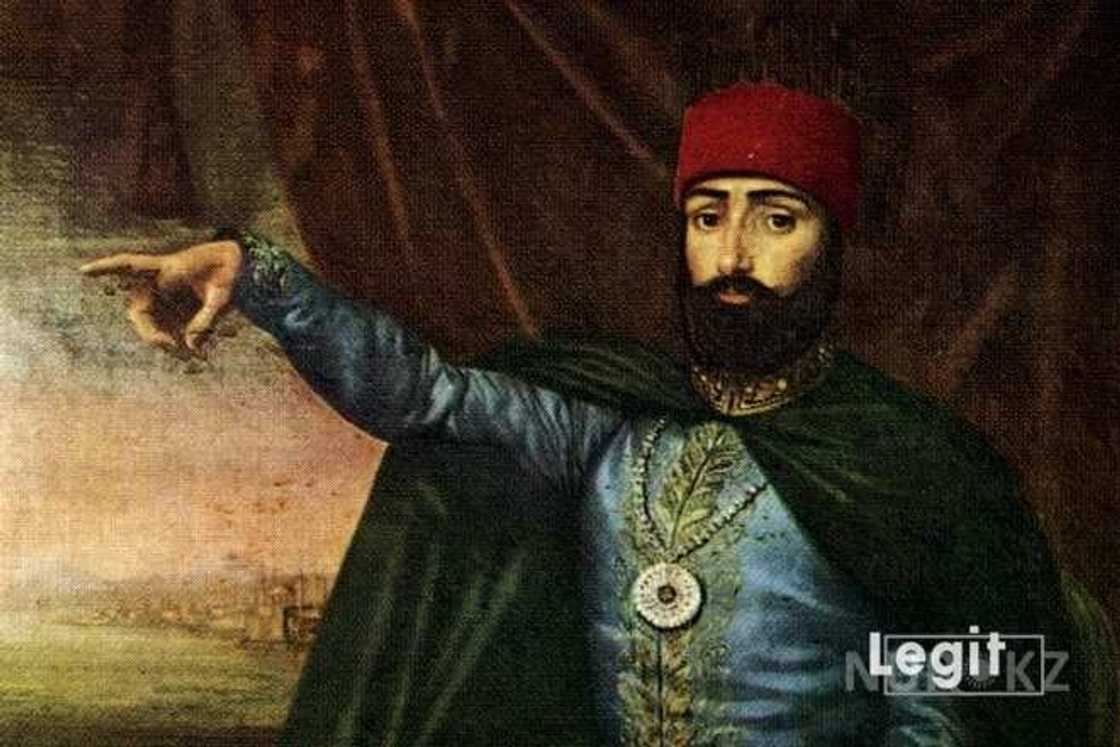
Source: Original
Mahmoud entered Turkish history as a great reformer. He took power in a coup and started, like most rulers before him, with mass executions.
But, having consolidated his grip on power, the sultan has introduced sweeping reforms. His first step was the liquidation of the Yanycharsk corps. European states long ago abandoned the class principle and created regular troops equipped with firearms. As a result, they were able to achieve a series of victories over Turkish troops. Mahmoud reorganized the Yannichar corps, putting an end to its interference in the empire's internal affairs. In their place came a regular army, trained by invited European instructors.
Following the reform of the army, Mahmoud changed the administrative division of the empire by undermining the authority of the vicarages by depriving them of the right to have their own armies. The sultan also changed the system of government, creating a European-style government with ministries. Under him, secular educational institutions appeared in the empire, where specialized specialists (military, engineers, journalists, and so on) were trained.
Reforms did not save the empire from several military defeats. But with Mahmoud's death, there will be a period of profound reform in the country's history.
Mehmed VI (1918-1922)
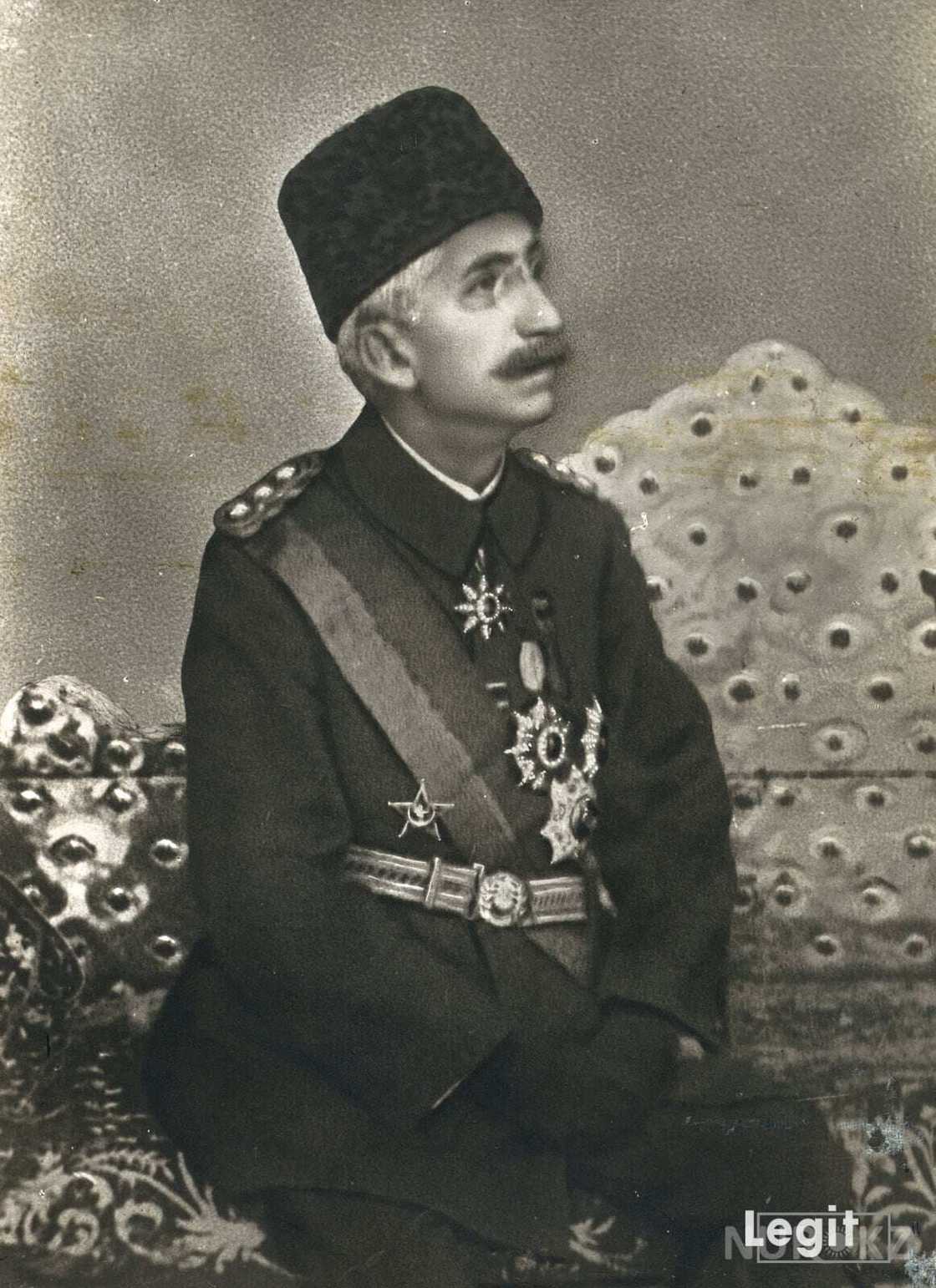
Source: Original
The last of the Ottoman kings. He has gained power at a difficult time for the empire. The defeat of empire in World War I became obvious, Allied troops occupied some of the territories, and the government prepared to sign a humiliating peace. Turkey, under the terms of the 1918 armistice, was obliged to disband the army, transfer the Entente fleet, and allow the Allies to control the straits. Entente troops effectively took control of the capital. In an effort to preserve power, Mehmed accepted all conditions of the allies who plotted the territorial division.
But in 1919, a rebellion began in Anatolia, led by Mustafa Kemal. His supporters won a majority of the seats in the parliamentary election, but British troops pushed the MPs out.
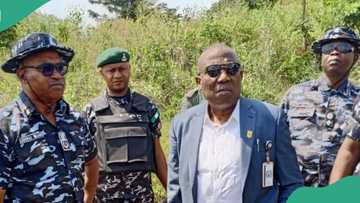
Read also
Tears, tension as gunmen kill final-year student in Akwa Ibom, “the victim was very popular"
The Kemalists created alternative bodies of government, launched a struggle with the occupiers. By 1922 they had liberated part of the country, and Mehmed was forced to flee Turkey along with British troops. He died in exile in 1926, and Turkey became a republic.
Here are some interesting facts about the Turkish sultans:
- Mehmed was the most popular name among sultans. With this name, there are six individuals in the history of the empire. The second most popular name is Murad. The country was ruled by five sultans, who wore it. Three rulers were each named Ahmed, Osman, and Selim. The rarest was the name Orhan. The ruler, Orhan Gazi, ruled in the fourteenth century until he was 78 and famous for conquering Ankara.
- Many sultans wrote poems and used poetic pseudonyms for this purpose. For example, Murat II is known as the poet Muradi, Mehmed II as Avni, Bayazid I as Adney, and so on.
- Sultan's post was dangerous. Thus, eight of the 37 rulers did not die by themselves. Of the 28 Sultans after Suleiman II, one (Abdul-Aziz I) voluntarily relinquished power in 1876 in favor of his nephew.
- Mehmed IV had to take office at seven years and was lucky enough to rule for 39 years and be toppled in 1687. Mehmed V, on the other hand, waited 65 years for the throne and died in 1918 as the Ottoman Empire was on the brink of defeat in World War I.
- Sultan Murad V ruled for only 93 days. His mental condition was poor, and on 31 August 1876, he was removed from power in a coup.

Read also
Fuji legend KWAM1's ex-wife, Hafsat Anifowoshe, dies at 65, colleagues send in their condolences
The Ottoman Empire lasted more than six centuries. During this period, many sultans, including both the great generals and reformers and the madmen, who were not sufficiently interested in the fate of the empire, replaced themselves. The last of the sultans failed to understand the changes his country needed and was in exile.
Source: Legit.ng









